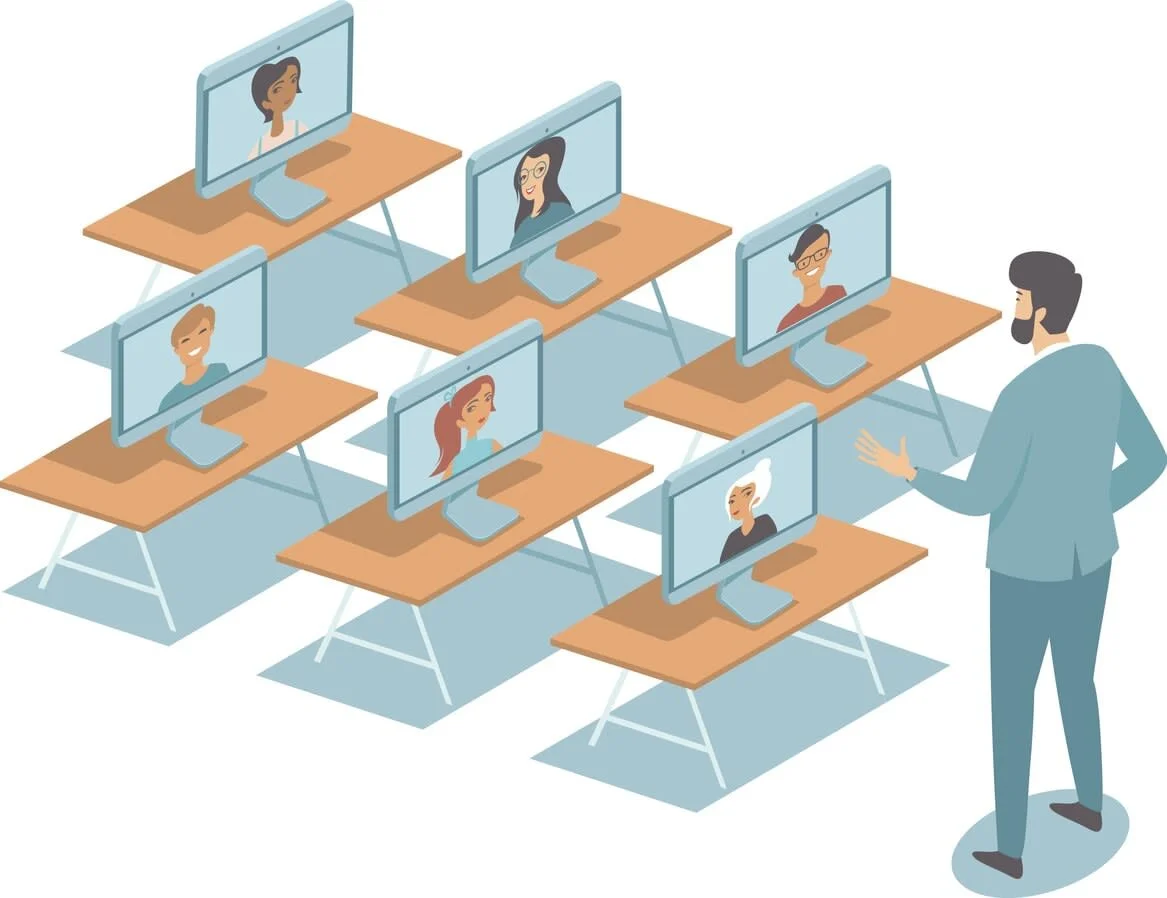The COVID-19 pandemic disrupted every aspect of our lives and that state of our education systems has been no exception. We have had university students complete entire years of their degree online over the last two years, zoom formals, online assessment on a scale we have never seen before.
According to UNESCO, by the end of March 2020 over 1.5 billion pupils or 87 per cent of the world’s student population across 165 countries had been affected by school closures caused by COVID-19. The impact on students has varied form jurisdicition to jurisdiction which some fear will create some discrepancies further down the track for students who suffered from signficant time periods of inattendance. In early May, only 3 percent of children in Victorian government schools were in attendance, whereas the Northern Territory had returned to normal levels of 79 per cent.
The difference reflects government advice in those states at the time, which in turn reflects a difference in infection rates. In addition, the most populous states of New South Wales, Victoria and Queensland have had the highest numbers of COVID-19 cases, and authorities there have proceeded with a cautious, staggered reopening of schools. Further closures will likely continue as new cases arise in schools.
Educators and facilities have worked immensely hard to try and adapt to their unsual conditions over the course of the pandemic.. In a matter of weeks, schools have had to find and implement viable alternatives to the traditional model of teaching in a physical classroom.
However, COVID-19 has resulted in a very different form of school-led remote learning that comes with considerable challenges, including:
reduced one-to-one engagement with teachers
difficulty in ascertaining engagement levels of students
restricted ability to monitor individual student progress
increased level of oversight required from parents and carers (particularly for younger children)
increased social isolation and reduced ability to support student wellbeing
interruption to learning support for those children with additional needs
differential levels of access to technology, including internet and devices, to support learning.]]
returning to a state of normalcy after the pandemic is not something that will be immediate. There will be lasting effects on the economy that will take time to mend. This will undoubtedly impact the education system as well. However, this does provide and intriguing opportunity for educators to look at new, innovative modes of pedagogy. It will be up to the educational institutions and governments to use these unprecedented times to their benefit in any way they can.


